Concepts | Aromatherapy and the power of smell

Our sense of smell is, for most people, the strongest of the five senses, and our noses are at their very best when it comes to triggering memories. We all remember by looking at old photographs, we reminisce by listening to music from our childhood or by eating something that we first tasted on a particularly good holiday many moons ago. Our sense of smell however, is miles ahead of our other senses when it comes to evoking memories. The smell of your dad’s cigars, the smell of baking coming from your grandma’s kitchen, remembering school sports day the moment you smell freshly cut grass, the perfume that your favourite aunt used to wear when she got dressed up to the nines on a Saturday night. Aroma plays a large part in our well-being. Aromatherapy and using smells for therapeutic benefit have been used for centuries because our olfactory nerves link directly to the brain. This is why it is important to treat our sense of smell with the respect that it deserves.
As well as triggering memories, smells can vastly affect our mood. Fragrances can make us feel relaxed, calm, happy, centred, energetic, nostalgic, creative, festive and even sleepy. Scents such as bergamot can cancel out disproportionate emotions and help us to feel content and stable. The delicate scent of Ylang Yang can boost the immune system and when used in skin care it can be anti aging. Frankincense can aid digestion and clary sage can help with anxiety and mood swings and lavender is infamous in its ability to make us relaxed and ready for a good night’s sleep. There are many other scents that can help with our physical and mental well-being, take a look.
Here at Reste, we fully appreciate the power of smell and all of our essential oils, soaps, candles, facial oils and incense sticks are completely natural so as not to remove any of the valuable properties with artificial fragrances. Aromatherapy can come in many different guises: use essential oils in a burner, pop a couple of drops into your bath water or add them to a carrier oil and use in massage. Sit down with a good book while some of our wax melts or scented candles enhance your relaxation.
Your sense of smell is a vital part of your well-being, treat it kindly.
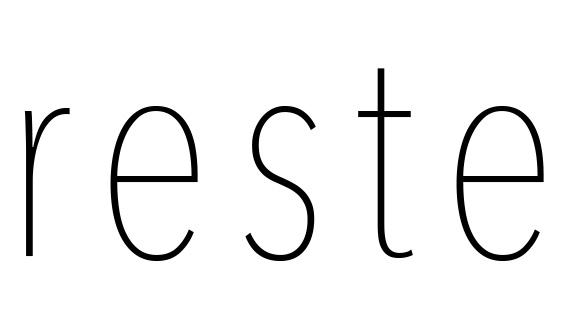


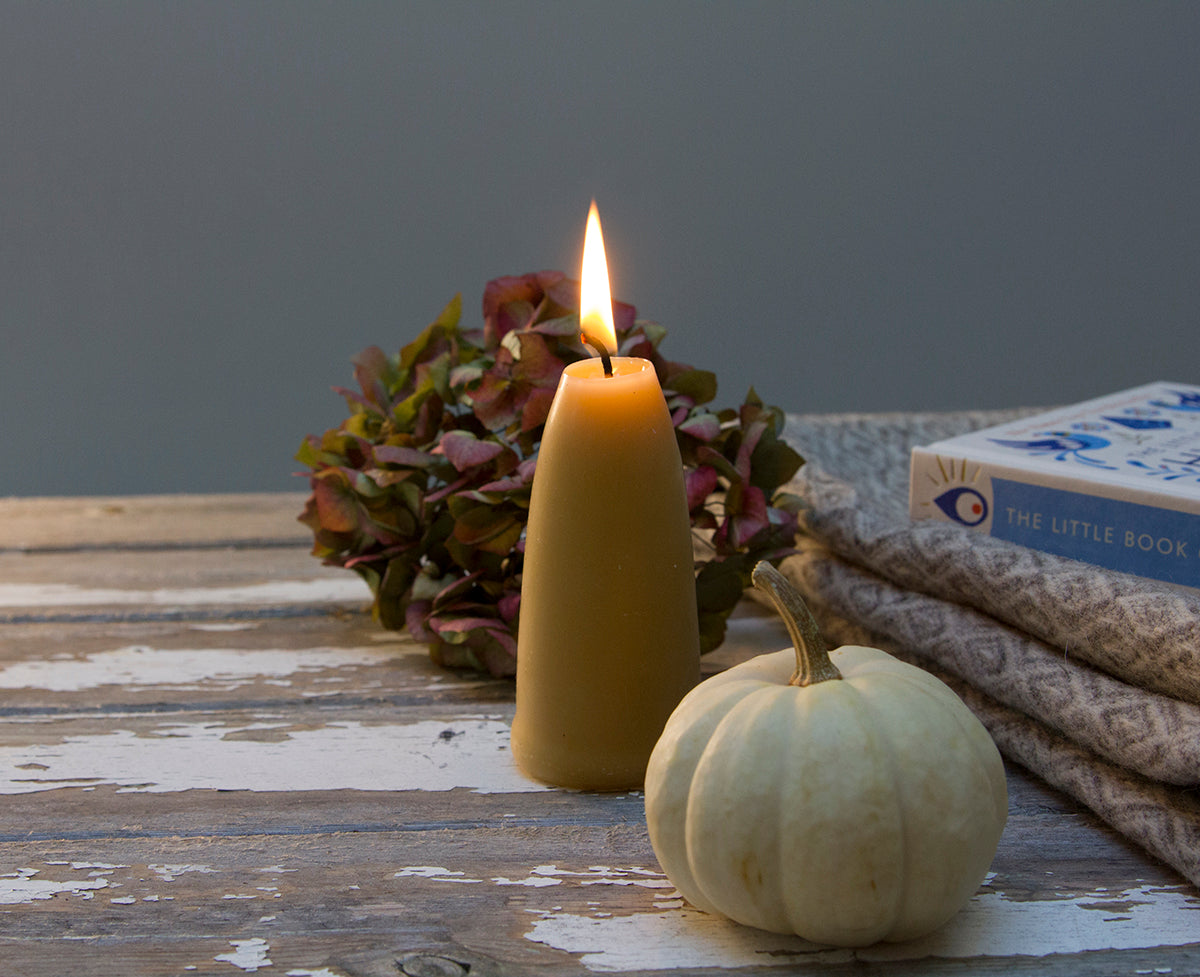 Products:
Products: 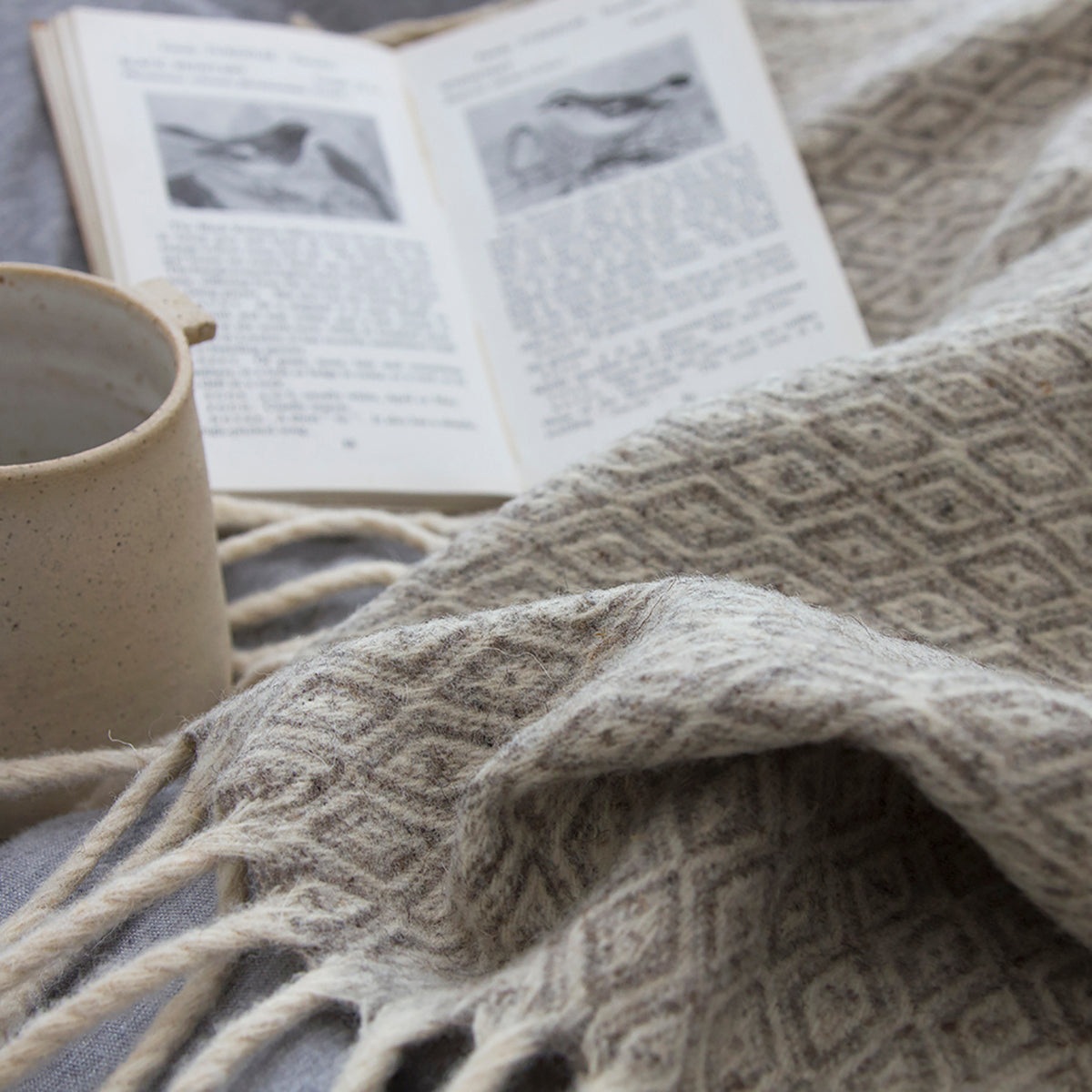 Products:
Products: 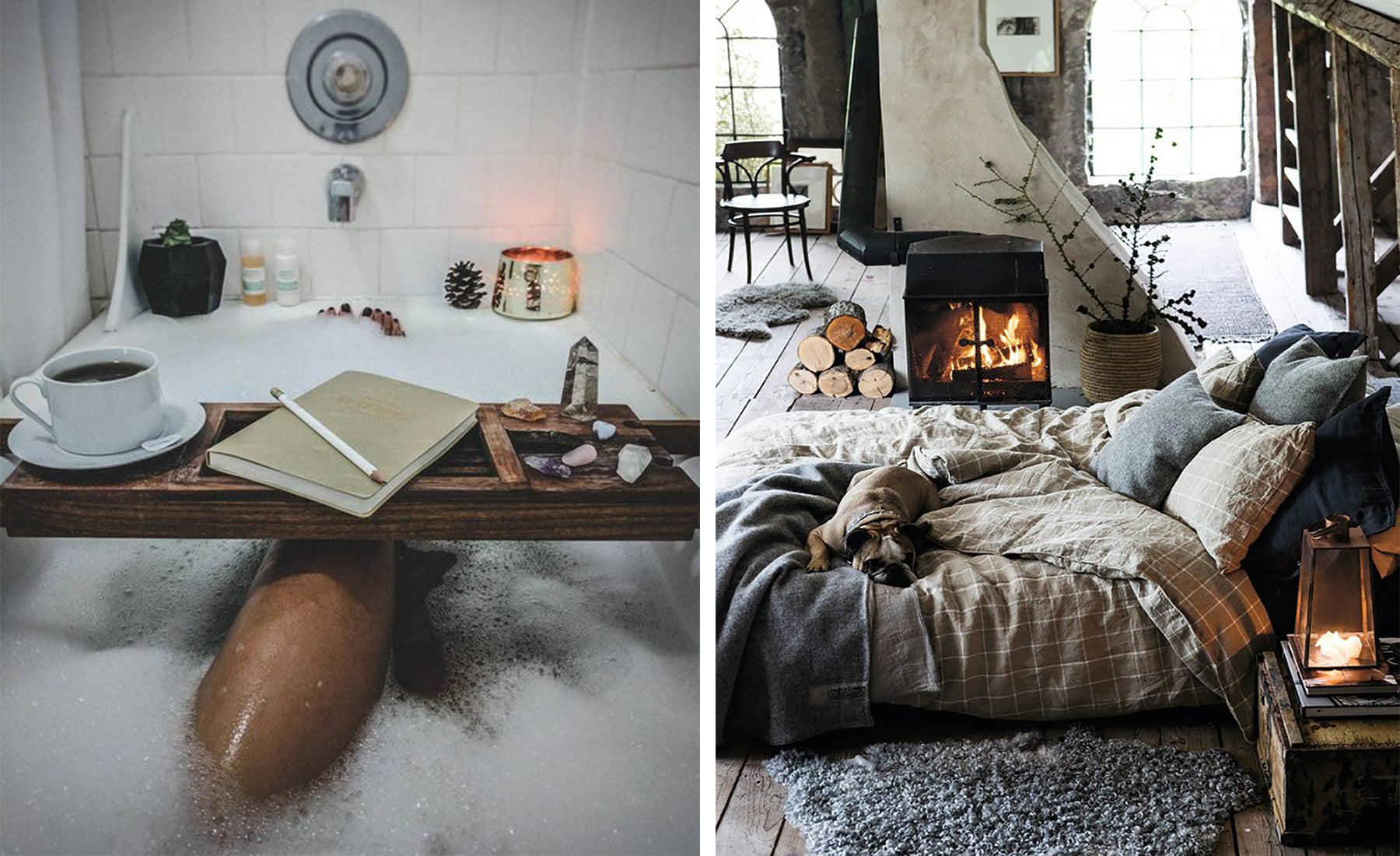 Photo:
Photo: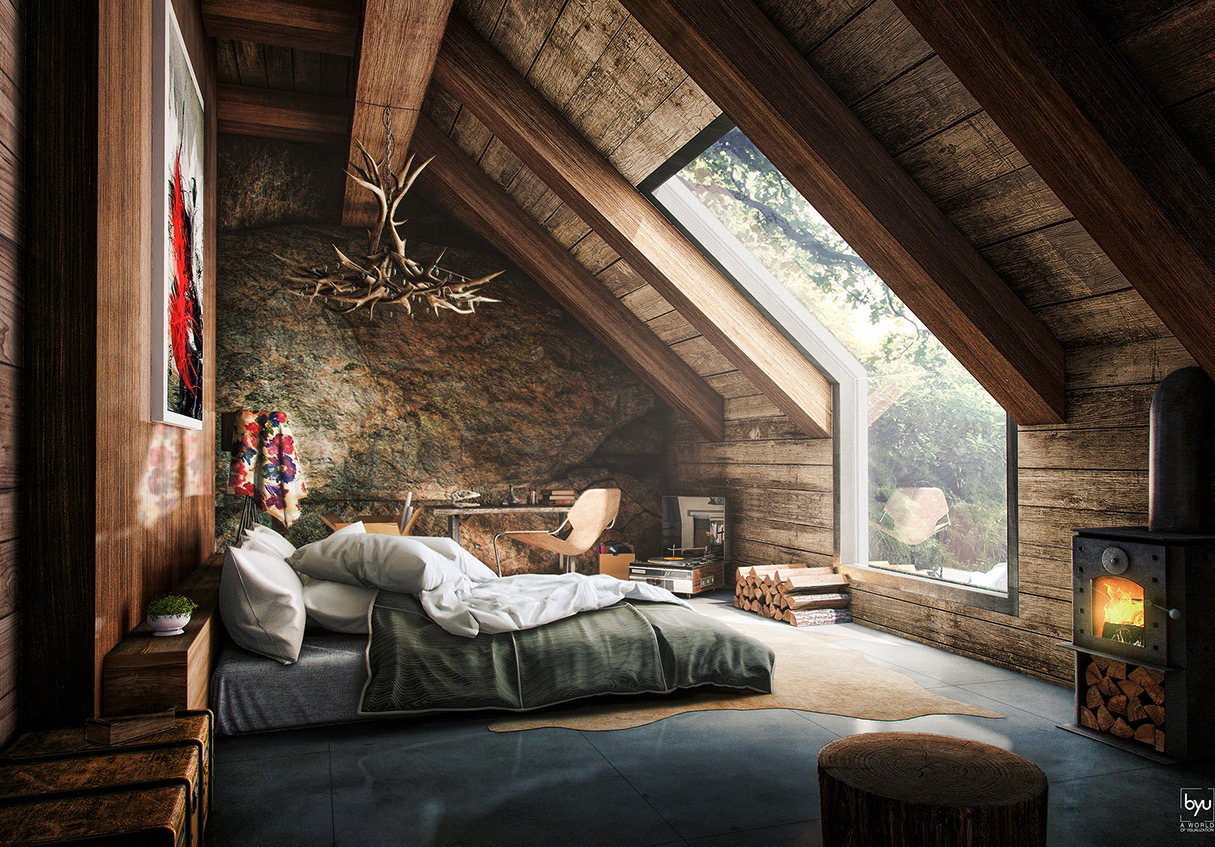 Photo:
Photo:  Photo:
Photo:  Products:
Products: